Micron RealSSD P400e 200GB Enterprise SATA III SSD Review
A Look Inside The P400e
Removal of the backplate is a simple matter of the extraction of four screws.

Taking the drive apart reveals a few interesting items right off the bat. First is a thermal pad that rests on the Marvell controller. Not surprising since many drives are configured this way, but still noteworthy. Second is a plastic shim that appears to be reversible, allowing the user switch between 7mm and 9.5mm form factors.
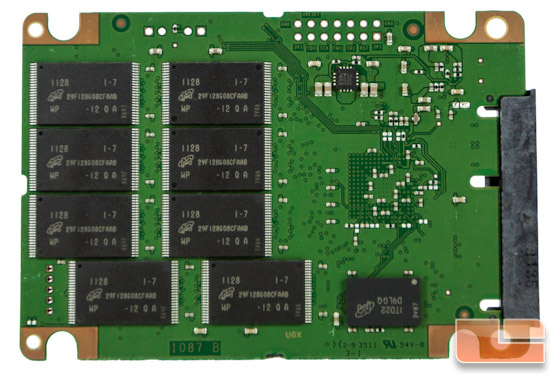
Taking a look at the first side of the PCB shows two main features, the NAND and the cache chip.
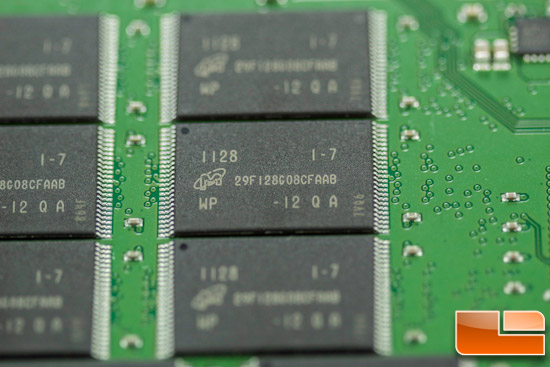
Take a closer look we see that the NAND is unsurprisingly of Micron’s own manufacture. The part number 29F128G08CFAAB reveals it as 25nm MLC synchronous NAND flash rated at 166MT/s. Each are 16GB in density with a total of 16 on the drive for a total of 256GB.
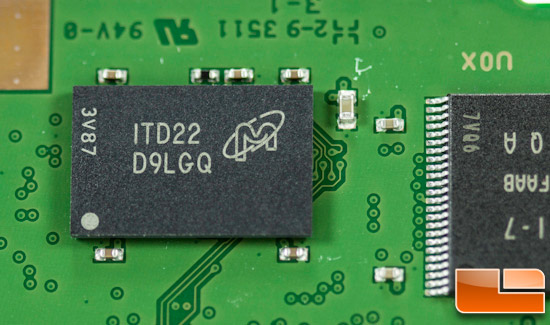
The cache is also a Micron product. This 256MB DDR3-1333 SDRAM chip is a revision of the very same found on the Micron C400 drive and works in tandem with the controller to buffer data to keep performance consistent.
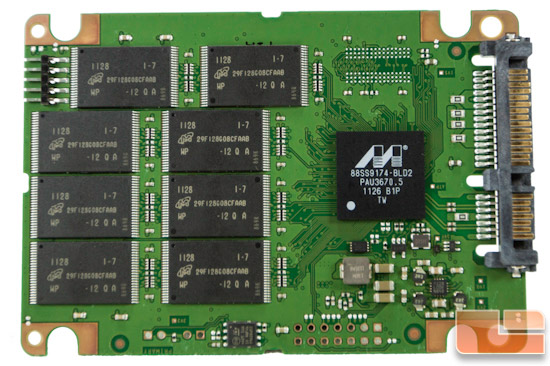
Flipping the board over reveals the remaining NAND chips flanked by the controller which we’ll have a closer look at next.
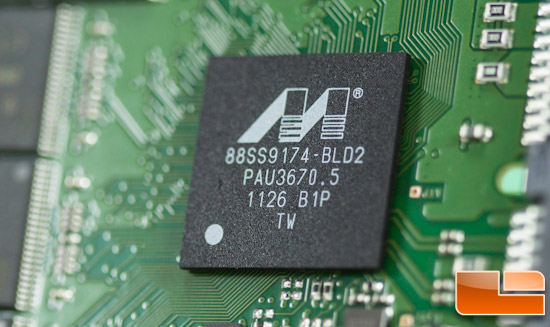
The Marvell 9174 SATA 6Gb/s controller is one we are familiar with as several drives have come across our test bench bearing this chip. Sporting a custom firmware that supports a greater level of overprovisioning for enhanced longevity for enterprise applications, it also supports TRIM and idle garbage collection while using an eight channel architecture. According to Micron, the firmware also supports “enterprise data path protection” with multiple error-correction checkpoints which means the data is protected throughout the data path. This bodes well for reliability. However, as far as we know, the controller does not offer real-time encryption of data which may be a concern to enterprise users.

Comments are closed.